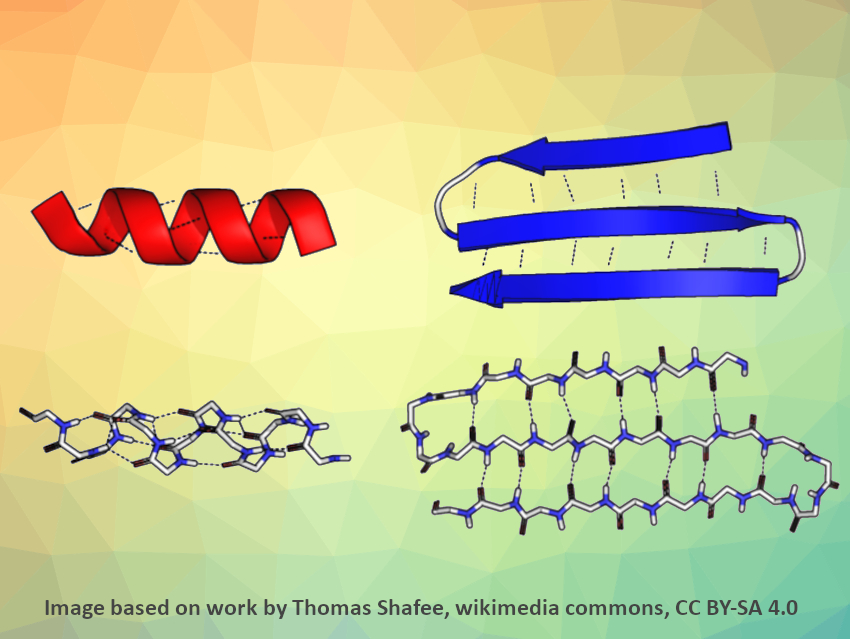Robert Brainard Corey was born on August 19, 1897, in Springfield, MA, USA. During his youth, Corey contracted polio and was left with ongoing health issues, including a partially paralyzed arm. He studied chemistry at the University of Pittsburgh, PA, USA, where he graduated in 1919 with a Bachelor’s degree. He received his Ph.D. from Cornell University, Ithaca, NY, USA, in 1924. He remained there as an Instructor in analytical chemistry. In 1928, Corey moved to the Rockefeller Institute, New York, USA, as an Assistant in biophysics and was promoted to Associate in 1930. At the Rockefeller Institute, he worked on the X-ray diffraction analysis of proteins together with Ralph W. G. Wyckoff.
In 1937, Corey moved to the California Institute of Technology (Caltech), Pasadena, USA, and joined Linus Pauling, with whom he would work closely in the following decades. Pauling tended to produce concepts in structural biology, while Corey provided the experimental evidence using X-ray diffraction experiments. At Caltech, Corey became Senior Research Fellow in 1983, Research Associate in 1946, and Professor of structural chemistry in 1949. He remained at Caltech until his retirement in 1968. Robert Corey died on April 13, 1971.
Corey is well-known for his work on the discovery of the α-helix and the β-sheet together with Linus Pauling and Herman Branson, which was published in 1951 [1]. These two structural motifs (pictured, α-helix left, β-sheet right) are common in the secondary structure of proteins, i.e., the three-dimensional structures into which amino acid chains fold. They are held together by hydrogen bonds between the amino acids. The α-helix is also called a classic Pauling–Corey–Branson α-helix after its discoverers.
Corey and Pauling were also involved in the development of the CPK coloring convention for distinguishing atoms of different chemical elements in molecular models [2], named after Corey, Pauling, and Walter Koltun. The colors in this convention include black for carbon, white for hydrogen, red for oxygen, and blue for nitrogen.
Robert Corey is the answer to Guess the Chemist (112).
References
- [1] The structure of proteins: Two hydrogen-bonded helical configurations of the polypeptide chain,
L. Pauling, R. B. Corey, H. R. Branson,
Proc. Natl. Acad. Sci. USA 1951, 37, 205–211.
https://doi.org/10.1073/pnas.37.4.205 - [2] Molecular Models of Amino Acids, Peptides, and Proteins,
Robert B. Corey, Linus Pauling,
Rev. Sci. Instrum. 1953, 24, 621–627.
https://doi.org/10.1063/1.1770803
Source
- Robert Brainard Corey (1897—1971),
Richard E. Marsh,
Biographical Memoirs of the U.S. National Academy of Sciences, Washington D.C., 1997.




